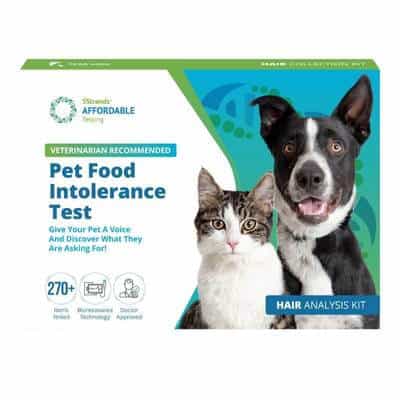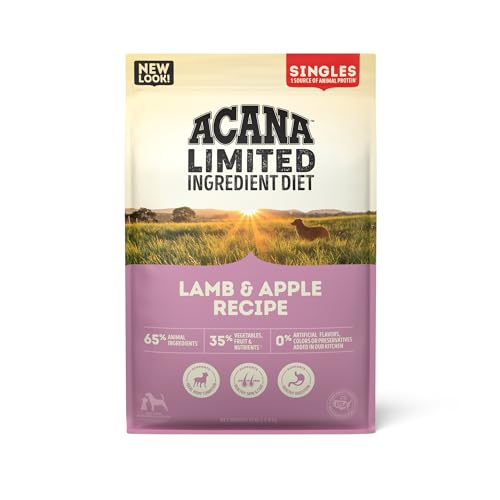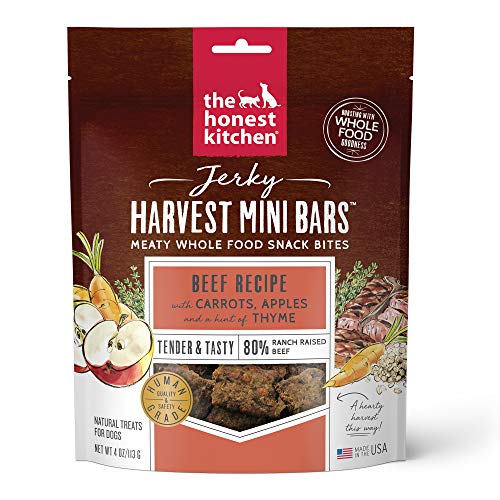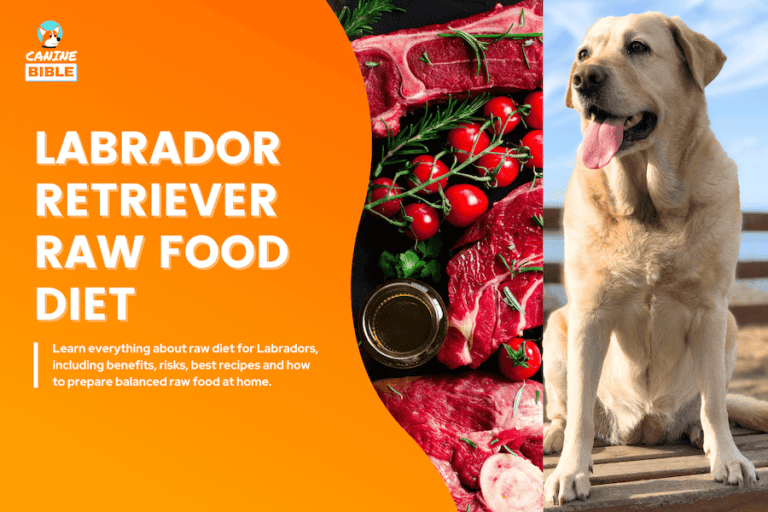The Complete Guide to Dogs Eating Apples: Toxic or Safe?
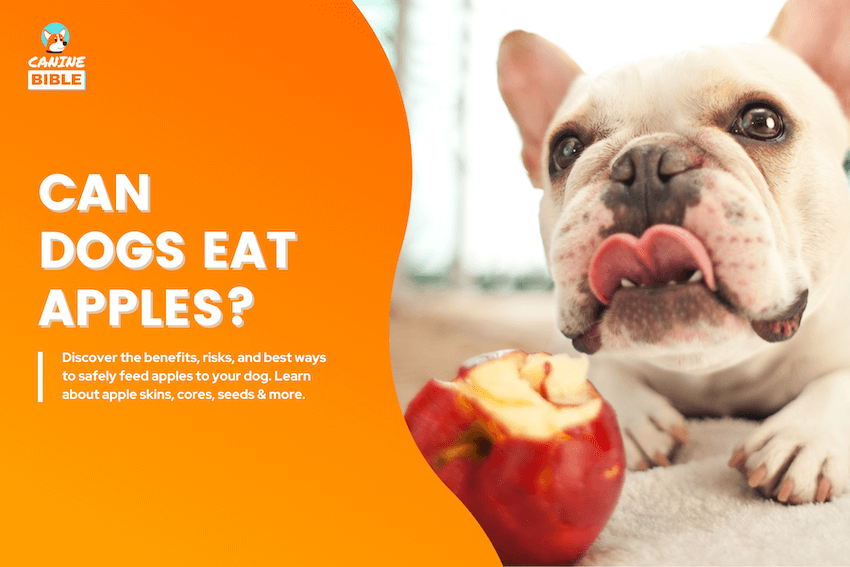
Canine Bible is reader-supported. We receive affiliate commissions via some of our links. Learn more.
Yes, dogs can eat apples; this crisp and refreshing fruit can be a tasty and nutritious treat for most pups. But before you start tossing apple slices their way, there are a few key things to keep in mind. While apples offer vitamins, fiber, and antioxidants, not every part of the fruit is safe for dogs, and too much can lead to digestive issues. So, how much apple is actually good for dogs? Should you be concerned about the sugar content or those pesky seeds? This guide will break down the benefits, potential risks, and the best ways to safely share apples with your furry friend.
Are Apples Good For Dogs?
Apples can be a healthy and refreshing treat for dogs when given in moderation.
A review published in the Journal of Animal Physiology and Animal Nutrition in 2022 highlights the nutritional and health benefits of including fruits in canine diets. The review suggests that the fiber and phytonutrients found in apples may offer health benefits.
However, always feed plain, fresh apple slices in small amounts. Remove the core and seeds, as they contain small amounts of cyanide and can be a choking hazard.
Benefits
According to the USDA, 100 grams (or about 4 ounces) of apples contain the following nutrients:
Apple Nutrition Chart
Nutrient Analysis
| Component | Description | Nutritional Value (per 100g of Raw Apple) | Safe for Dogs? |
|---|---|---|---|
| Water | Hydrating and supports digestion | 86g | ✅ Safe |
| Calories | Low-calorie treat for energy | 52 kcal | ✅ Safe |
| Carbohydrates | Natural source of energy | 13.8g | ✅ Safe (in moderation) |
| Natural Sugars | Contains fructose and glucose | 10.4g | ✅ Safe (limit for diabetic dogs) |
| Fiber | Aids digestion and promotes gut health | 2.4g | ✅ Safe |
| Protein | Minimal amount | 0.3g | ✅ Safe |
| Fat | Negligible amount | 0.2g | ✅ Safe |
| Vitamin C | Supports immune function | 4.6mg | ✅ Safe |
| Vitamin K | Supports blood clotting | 2.2µg | ✅ Safe |
| Potassium | Supports heart and muscle function | 107mg | ✅ Safe |
| Calcium | Supports bone health | 6mg | ✅ Safe |
| Magnesium | Supports enzyme function | 5mg | ✅ Safe |
| Phosphorus | Supports bones and cellular repair | 11mg | ✅ Safe |
| Iron | Supports oxygen transport | 0.12mg | ✅ Safe |
| Folate (Vitamin B9) | Supports DNA synthesis and cell growth | 3µg | ✅ Safe |
| Antioxidants | Includes quercetin and polyphenols | Varies | ✅ Safe |
| Seeds | Contain cyanide; toxic if ingested | — | ❌ Unsafe (remove before feeding) |
| Core & Stem | Hard to digest, may pose a choking hazard | — | ⚠️ Remove before feeding |
| Overconsumption | Can cause digestive upset (gas, diarrhea) | — | ⚠️ Limit intake |
Risks & Considerations Before Feeding Apples to Dogs
While apples can be a safe and nutritious treat for dogs when given in moderation, there are several risks and considerations to keep in mind before feeding them to your canine companion:
Are Dogs Allergic to Apples?
Most dogs are not allergic to apples, and it’s generally considered safe for canine consumption. However, some dogs may develop an allergic reaction, as with any food. Food allergies in dogs typically manifest as itchy skin, hives, infections, and anaphylaxis (a medical emergency) in severe cases. If you suspect your dog is having an allergic reaction to any food, including apples, it is crucial to consult a veterinarian.
Additionally, conducting an at-home dog allergy test like the 5Strands can help determine if your dog is allergic or intolerant to certain foods. For a more comprehensive approach, consider an at-home dog gut health test, like the Embark Gut Health Test, which can provide deeper insights into your dog’s digestive health and immune function. These tests can help identify food sensitivities, bacterial imbalances, and other underlying issues contributing to allergies, allowing you to take proactive steps to prevent discomfort and support your dog’s overall well-being.
Risks
The following symptoms may indicate a bad reaction to apples.
What to Do If A Dog Reacts Badly to Apples
Dogs showing worsening symptoms, such as blood in their vomit or stool, difficulty breathing, weakness, or collapse, should be taken to the veterinarian immediately.
1. Contact a veterinarian immediately: Even if your dog seems fine, contact your veterinarian or an emergency pet poison hotline right away. This includes services such as the ASPCA Animal Poison Control Center at 1-888-426-4435 or the Pet Poison Helpline at 1-855-764-7661. If you can’t reach your vet, you can chat live with a registered online veterinary professional via our online vet chat or video chat support (24 hours a day, 7 days a week). You can also schedule an at-home veterinary appointment with The Vets, a mobile veterinary service that provides at-home vet care nationwide for just about everything.
2. Gather important information: When speaking to a vet, provide: Quantity consumed (estimate if unsure), time of ingestion, and dog’s weight and breed (to assess potential risk).
3. Follow veterinary instructions: The vet may suggest monitoring at home or emergency treatment at the clinic.
- Keep your dog calm and prevent them from eating anything else.
- Be prepared to transport your dog to the vet quickly if advised.
- Bring any remaining apple or packaging to help the vet assess the situation.
How to Safely Feed Apples to Dogs
When feeding apples to your dog, it’s best to follow a few simple guidelines to keep them safe:
Way to Feed Apples
As with any new food, it is recommended to start slowly and feed gradually, allowing the digestive system time to adjust.
Best Dog Food With Apples
If you’re looking to incorporate apples into your dog’s diet and take advantage of their fiber and antioxidant benefits, consider ACANA Singles Limited Ingredient Lamb & Apple Recipe. This premium formula features grass-fed lamb as the single animal protein source, expertly paired with whole apples—a naturally sweet fruit rich in dietary fiber, antioxidants, and vitamin C. ACANA’s limited ingredient formula supports healthy digestion, immune function, and skin health, offering a clean, high-protein option for dogs with sensitivities or selective diets.
Best Apple Dog Treat
For those who want to treat their dogs to the natural benefits of apples in a wholesome, tasty way, The Honest Kitchen Jerky Harvest Mini Bars: Beef Recipe With Carrots & Apples offer a nutrient-rich, minimally processed snack. Made with ranch-raised beef, crisp apples, and farm-fresh carrots, these soft jerky bars provide a satisfying bite packed with lean protein, fiber, and antioxidants, supporting your dog’s digestive health, immune function, and skin vitality.
Get 40% OFF your order with code 40CANINE — Just use this link to get started.
How Many Apples Can Dogs Eat?
Treats should only constitute 10% of your dog’s diet, with the remaining 90% coming from well-balanced dog food. This guideline also applies to healthy treats like apples. Below, you’ll find general guidelines for safely portioning apples based on your dog’s weight.
| Dog Size | Apple Serving | Breed Examples |
|---|---|---|
| Extra-small (2-15 lbs.) | 1-2 small slices | Shih Tzu, Yorkies, Chihuahuas, Maltese |
| Small (16-25 lbs.) | 2-3 small slices | Boston Terriers, Beagles, Dachshund |
| Medium (26-60 lbs.) | Up to a quarter of a whole apple | Bulldogs, Basset Hounds, Border Collies |
| Large (61-90 lbs.) | Up to a third of a whole apple | Golden Retrievers, Pit Bulls, Boxers, Labrador Retrievers |
| Extra-large (91+ lbs.) | Up to half of a whole apple | Bullmastiffs, Great Danes, Saint Bernards, Great Pyrenees |
Can Puppies Eat Apples?
Yes, puppies can eat apples in moderation, like older dogs, but they should be given in smaller amounts. Since puppies have more sensitive digestive systems, it’s best to start with one or two small pieces at a time. Feeding them too many apples at once could lead to digestive upset, so moderation is key. Avoiding multiple new foods on the same day is essential when introducing apples or any new food. Puppies can have food allergies or sensitivities, and if they experience any issues, it will be easier to pinpoint the cause if you introduce only one new food at a time. Try offering a small amount of apple, then wait a few days to observe how their digestive system reacts before introducing another new treat.
Alternatives
Here’s a list of alternatives to apples that are just as safe and nutritious.
Frequently Asked Questions
The Bottom Line
Apples can be a healthy and tasty treat for dogs when given in moderation. Packed with essential nutrients like vitamin A, vitamin C, potassium, and fiber, they offer several benefits, from supporting digestion to promoting overall well-being. However, their natural sugar content means they should be fed in small portions to avoid weight gain or digestive issues. While apples are not toxic, it is recommended to avoid feeding the seeds and core, as the seeds contain cyanogenic compounds that can be harmful.
If you’re looking for other healthy snack options, check out the best dog treats to find safe and nutritious alternatives. You can also get creative in the kitchen with these homemade dog treat recipes for a natural and wholesome reward. Wondering about other common human foods? Learn whether egg whites are a safe protein source or if jelly belongs on your dog’s do-not-feed list.
Ultimately, apples can be a great addition to your dog’s diet, but balance is key, like any treat. Paying attention to portion size and your dog’s tolerance will ensure they enjoy this nutritious fruit safely. If you’re unsure, consulting your vet is the best way to determine what works best for your pup’s needs.
Sources
Canine Bible authorship represents the unified voice of our entire editorial team and our in-house veterinarians rather than a single author. Each article, blog post, and review published under the Canine Bible name undergoes a rigorous review process, involving all team members to guarantee accuracy and up-to-date in accordance with the latest veterinarian research. This collaborative effort is an integral part of our editorial process and aligns with our four pillars of content creation. This approach ensures our content is backed by expert knowledge and factual information, offering our readers reliable, actionable, and trustworthy content.

